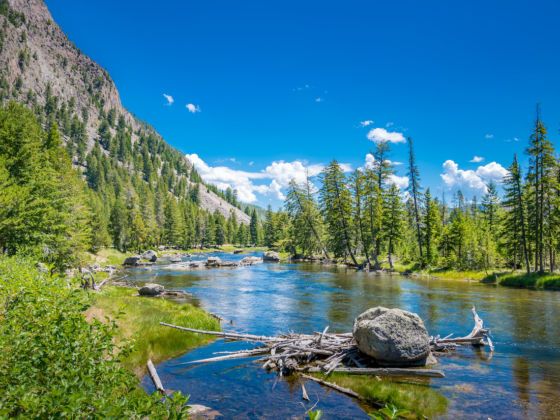Twice within the last year, regulators warned Exxon Mobil of several safety violations along the pipline, and the 20-year old pipe was shut down earlier the year in May after officials became concerned as the Yellowstone River started to rise. One of the potential reasons for the rupture is rising waters stirring up debris from the bottom of the river that could have damaged the pipe.


High temperatures are leading to more snow melt from the mountains, causing the Yellowstone River to rise even more, which make it more difficult for the cleanup crews to get to the areas damaged by the crude oil. It’s also possible that clean areas can become contaminated again as waters rise and carry the oil even farther down river.
Exxon Mobil Pipeline Co. President Gary Pruessing said air and water monitoring had not revealed any health risks, yet on Monday, local resident Alexis Bonogofsky was diagnosed with acute hydrocarbon exposure after she experienced dizziness, nausea and trouble breathing. Environmental Protection Agency officials are still taking air and water samples to determine the impacts.
Besides the human impact, there have been reports of animals covered in oil, and a big concern is that the oil will reach the fisheries and impact the sauger, bass catfish, goldeye, trout and, native pallid sturgeon that can be found in the area and downstream.
Of course, Exxon Mobil has promised to do “whatever is necessary” to clean up the spill, but has damage already been done? As of July 5, the Billings Gazette reported that Exxon Mobil crews still haven’t been able to find the rupture point.